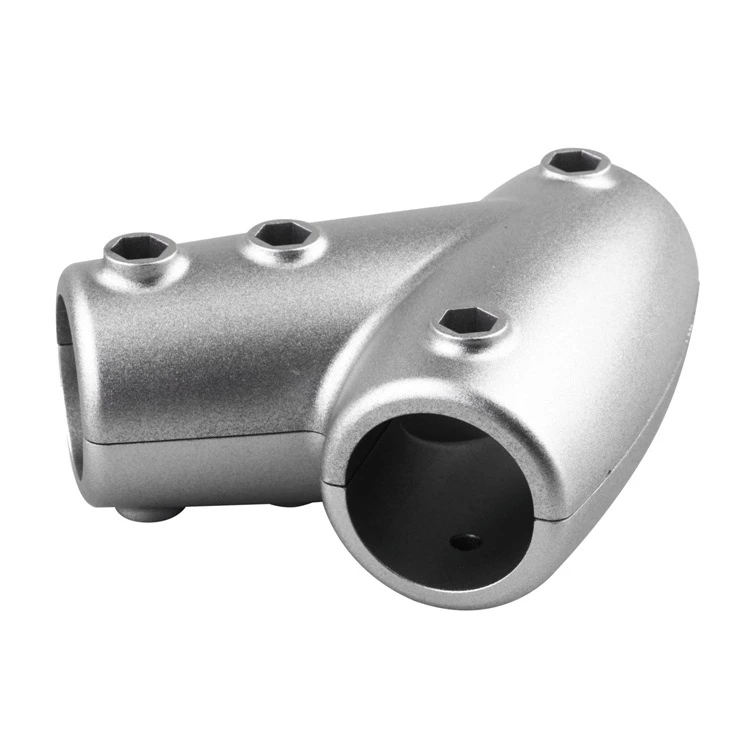die casting method
The Die Casting Method An Overview
Die casting is a manufacturing process that has significantly transformed the way metal products are produced. This method is favored for its ability to create complex shapes with high precision and excellent surface finish. It has applications across various industries, including automotive, aerospace, electronics, and consumer goods. This article will delve into the die casting method, exploring its processes, advantages, and applications.
The Process of Die Casting
Die casting involves forcing molten metal into a mold cavity under high pressure. The process typically consists of several key stages
1. Mold Preparation The mold, usually made of steel, is designed according to the desired product shape. It consists of two halves the cover die and the ejector die. These molds are meticulously crafted to ensure that they can withstand high pressures and temperatures.
2. Melting the Metal The appropriate metal is melted in a furnace. Commonly used metals in die casting include aluminum, magnesium, zinc, and copper alloys. Each metal has its unique properties, making it suitable for specific applications.
3. Injection Once the metal reaches the required temperature, it is injected into the mold at high speed and pressure using a plunger or a screw. This injection process is crucial as it ensures that the molten metal fills all parts of the mold before it begins to solidify.
4. Cooling After the mold is filled, the metal is allowed to cool and solidify. The cooling time depends on the type of metal and the thickness of the product.
5. Ejection Once the metal has cooled, the mold opens, and the solidified part is ejected using ejector pins. This step must be carefully controlled to avoid damaging the product.
6. Finishing After ejection, the die-cast part may require further processing, such as trimming, sanding, or surface treatment, to meet quality standards.
Advantages of Die Casting
Die casting offers several advantages over other manufacturing methods
- High Precision Die casting produces parts with tight tolerances, often within ±0.1 mm. This precision reduces the need for extensive machining after casting.
die casting method

- Complex Geometries The high-pressure injection allows for intricate shapes and designs that might be difficult or impossible to achieve through traditional methods
.- Excellent Surface Finish Components produced through die casting often exhibit superior surface finishes, minimizing the need for additional surface treatments.
- Material Efficiency Die casting allows for the production of lightweight parts with minimal waste. The process generates thin walls and can incorporate intricate features, leading to less material consumption.
- Rapid Production Once the initial mold is created, die casting is capable of producing large quantities of parts quickly, making it ideal for mass production.
Applications
The versatility of die casting makes it applicable in numerous sectors
- Automotive Industry Die casting is widely used for producing engine blocks, transmission housings, and other critical components that require strength and lightweight characteristics.
- Aerospace Parts such as brackets, housings, and heat exchangers are manufactured using die casting due to the demand for precision and lightweight materials.
- Consumer Electronics The production of casings and enclosures for electronic devices often utilizes die casting, ensuring a robust construction with contemporary designs.
- Industrial Machinery Components including gears and housings are often die cast to handle the high stresses encountered in industrial applications.
Conclusion
The die casting method has emerged as a crucial technique in modern manufacturing, providing high precision, complex designs, and efficient production capabilities. With its wide array of applications across various industries, it continues to play a key role in producing high-quality metal components. As technology advances and new materials are developed, the potential of die casting will only expand, further solidifying its importance in the manufacturing landscape.
-
OEM Sand Cast Pump Valve Fittings - Baoding Hairun Machinery And Equipment Trading Co., Ltd.NewsAug.01,2025
-
Custom OEM Impellers | High Efficiency & PrecisionNewsAug.01,2025
-
OEM Sand Cast Pump Valve Fittings - Baoding Hairun Machinery | Customization, Quality AssuranceNewsAug.01,2025
-
OEM Sand Cast Pump Valve Fittings - Baoding Hairun Machinery And Equipment Trading Co., Ltd.NewsAug.01,2025
-
OEM Sand Cast Pump Valve Fittings - Baoding Hairun Machinery And Equipment Trading Co., Ltd.NewsJul.31,2025
-
OEM Sand Cast Pump Valve Fittings - Baoding Hairun | Precision Engineering, CustomizableNewsJul.30,2025















